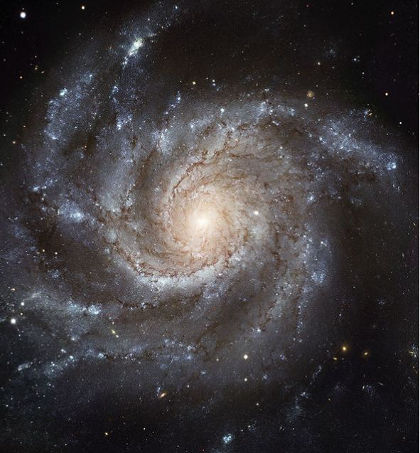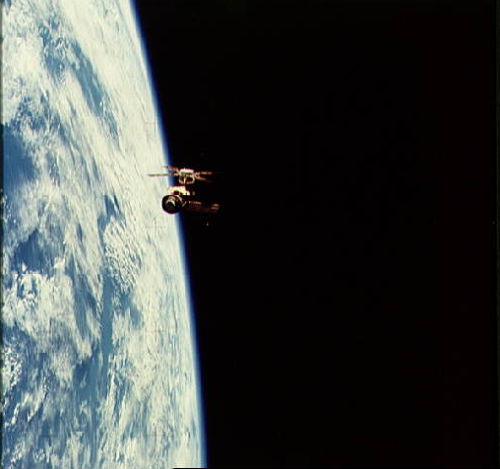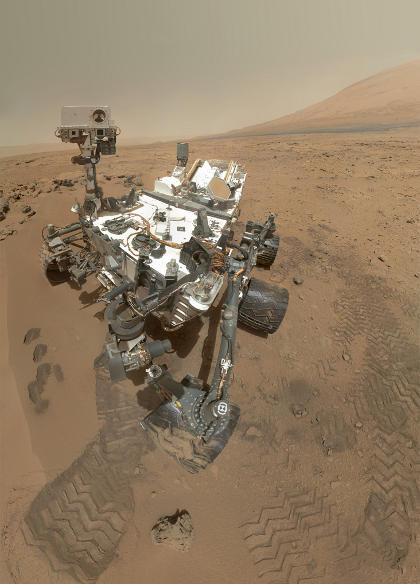
This picture of the Whirlpool Galaxy (also known as Messier 51a; discovered by the great French astronomer Charles Messier in 1773; or M51a, or NGC 5194) was taken by the Hubble Space Telescope. This galaxy is located about 31 million light years from our Milky Way galaxy and is part of the constellation Canes Venatici. The very distinctly spiral shaped, interacting and grand design Whirlpool Galaxy is estimated to be home to approximately 270 billion stars.



